Reading: A key tool in every learning
Keywords:
reading, reading motivation, reading skills.Abstract
This reflective article aims to present some considerations about reading, a key tool in the teaching-learning process, and raise some activities that can be done at school and at home, in order that teachers and students contribute to the improvement of the educational quality of the country. The research used the qualitative approach; Descriptive, interpretative and application type; which invites teachers to reflect on this tool in their personal life and on their classroom practices on this subject. It deepened in existing theories as: pleasure reading and the rights of the reader of Daniel Pennac, among others. The data collection instruments used were: the survey of 20 students and the interview of 5 elementary school teachers. Among the results, it is evident that 90% of these teachers are not reading models; The reading done in classrooms is only literal; When reading, there is not a clear purpose and the skills that are developed during the reading are scarce. It was concluded that reading, which must end in writing, despite being excellent tools, are being underutilized for lack of knowledge of strategies in their application or are simply carried out for other purposes. Similarly, the pleasure reading, which encourages the child to read for pleasure in the institution under study is not performed.
References
Barthes, R. (1984). El placer del texto. México: Siglo XXI.
Braslavsky, B. (2005). Enseñar a entender lo que se lee. La alfabetización en la familia y en la escuela (1a. ed.). Buenos Aires: Fondo de Cultura Económica.
Cajiao Restrepo, F. (2000). Segunda expedición de Pléyade. La Investigación en la escuela. Cali: FES
Camargo, E.R. (1997). La Imaginación y la Fantasía en el Texto Literario. Tunja: Universidad Santo Tomás.
Cañizalez, N., & Pulido, O. (2015). Infancia, una experiencia filosófica en el cine. Praxis & Saber, (6)11, 245-262. DOI: http://dx.doi.org/10.19053/22160159.3583
Buitrago, R. E., & Herrera, L. (2013). Matricular las Emociones en la Escuela, una Necesidad Educativa y Social. Praxis & Saber, 8(4), 87-108. https://doi.org/10.19053/22160159.2653.
Foucambert, J. (1990). La maniere d’etre lecteur. París: Orgeval.
Gómez del Manzano, M. (1986). Cómo hacer a un niño lector. Madrid: Narcea. Martínez, V. (2013). Representación del cuerpo infantil en las imágenes de libros de texto del grado de transición. Educación y Territorio, 3(1), 91-112.
Pennac, D. (1992). Como una novela. París: Norma.
Quintanal Díaz, J. (1993). Problemática de la Motivación Lectora. Madrid: CCS.
Quintanal Díaz, J. (1993). Cómo educar el hábito lector en los hijos. Educar Hoy, 36, 7-9.
Sandroni, L.C. (comp.) (1984). El niño y el libro: guía práctica de estímulo a la lectura. Bogotá: Procultura/CERLAL/Kapelusz.
Simpson, M.J. (1989). Los padres y maestros comparten los libros con los niños. En D.L. Monson (comp.). Crear lectores activos. Madrid: Visor.




